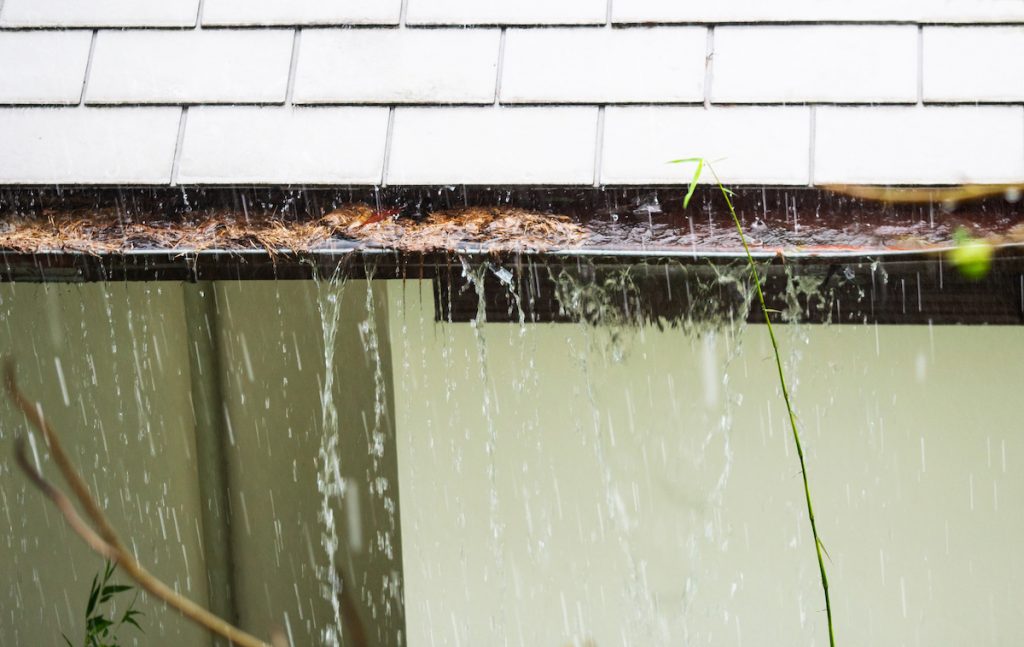This article down below about Top Causes of Home Water Leaks is immensely captivating. Don't skip it.

Leaks not only trigger waste of water but can also trigger unnecessary damage to your home and promote unwanted natural development. Water leakages could go undetected because most of the pipework in our home is hidden. By understanding and also looking for daily circumstances that create leakages, you can shield your residence from future leakages as well as unnecessary damage. Today, we will consider 6 leakage triggers that may be causing your pipes to trickle.
Trespassing origins
A lot of water leaks start outside your house instead of inside it. If you notice an abrupt reduction in water pressure, claim in your tap, take time to head out and analyze your lawn. You might see damp patches or sinkholes in your backyard, and that could indicate that tree roots are attacking water lines triggering water to permeate out. You can have your plumber check for intrusion, particularly if you have trees or hedges near your home.
Rusty water systems
This might be the cause of staining or warping on your water pipelines. If our plumbing system is old, take into consideration changing the pipelines since they are at a higher danger of deterioration than the more recent models.
Faulty Pipe Joints
The point at which your pipes link is often the weakest web link in the waterline. Pipeline joints can wear away over time, resulting in water leaks. Sadly, the majority of pipe joints are not quickly noticeable. If you have noisy pipes that make ticking or banging noises, especially when the hot water is switched on, your pipe joints are most likely under a great deal of stress. It is a good idea to have your plumber check your system annually.
Immediate temperature changes.
Severe temperature level changes in our pipes can cause them to increase as well as contract unexpectedly. This expansion and also contraction may cause splits in the pipelines, especially if the temperature are listed below freezing.
Poor Water Connectors
Sometimes, a leakage can be triggered by loose tubes and also pipes that provide your home appliances. More often than not, changing is what creates the loosened water Connections. You could discover when it comes to a cleaning device, a hose might spring a leak as a result of trembling during the spin cycle. In case of a water links leak, you might discover water running directly from the supply line or pools around your appliances.
Blocked Drains
Obstructed drains could be aggravating and inconveniencing, yet they can in some cases wind up causing an overflow causing burst pipes. Maintain removing any products that might drop your drains that might obstruct them to avoid such troubles.
All the above are reasons for leaks yet not all water leaks arise from plumbing leakages; some leaks may originate from roof leaks. All leakages ought to be repaired promptly to avoid water damage.
Leaks not only trigger waste of water yet can also cause unnecessary damages to your home and promote unwanted natural development. By looking and understanding for everyday circumstances that trigger leakages, you can shield your residence from future leaks and unneeded damages. Today, we will look at six leak triggers that may be triggering your pipelines to leak.
At times, a leakage can be created by loosened tubes and pipes that supply your home appliances. In situation of a water connections leak, you may notice water running directly from the supply line or pools around your devices.
How To Check For Water Leak In Your Home
How To Check for Leaks
The average household's leaks can account for nearly 10,000 gallons of water wasted every year and ten percent of homes have leaks that waste 90 gallons or more per day. Common types of leaks found in the home are worn toilet flappers, dripping faucets, and other leaking valves. These types of leaks are often easy to fix, requiring only a few tools and hardware that can pay for themselves in water savings. Fixing easily corrected household water leaks can save homeowners about 10 percent on their water bills.
To check for leaks in your home, you first need to determine whether you're wasting water and then identify the source of the leak. Here are some tips for finding leaks:
Take a look at your water usage during a colder month, such as January or February. If a family of four exceeds 12,000 gallons per month, there are serious leaks.
Check your water meter before and after a two-hour period when no water is being used. If the meter changes at all, you probably have a leak.
Identify toilet leaks by placing a drop of food coloring in the toilet tank. If any color shows up in the bowl after 10 minutes, you have a leak. (Be sure to flush immediately after the experiment to avoid staining the tank.)
Examine faucet gaskets and pipe fittings for any water on the outside of the pipe to check for surface leaks.
Undetected water leaks can happen without the home or business owner even realizing. If you suspect a water leak, but not able to find the source. It is time to contact a professional water leak detection service, The Leak Doctor.
How To Find a Water Leak In Your Home
https://www.leakdoctor.com/blog/How-To-Check-For-Water-Leak-In-Your-Home_AE197.html

I was shown that article about How to Find Water Leaks from a good friend on a different web page. Are you aware of somebody who is in the market for the niche? Feel free to promote it. Kudos for your time. Kindly visit our site back soon.
Top service, one call.